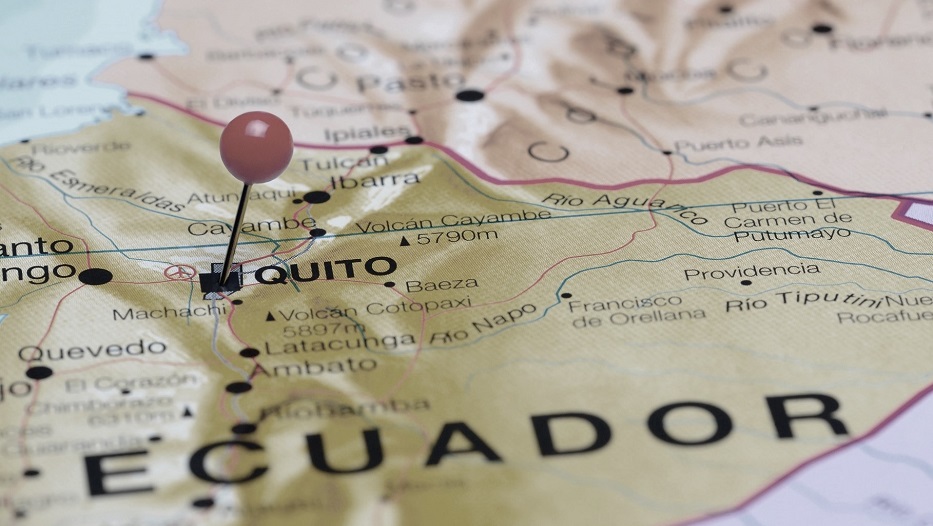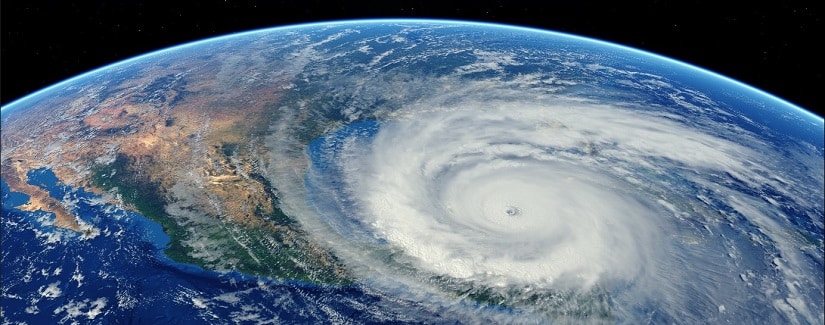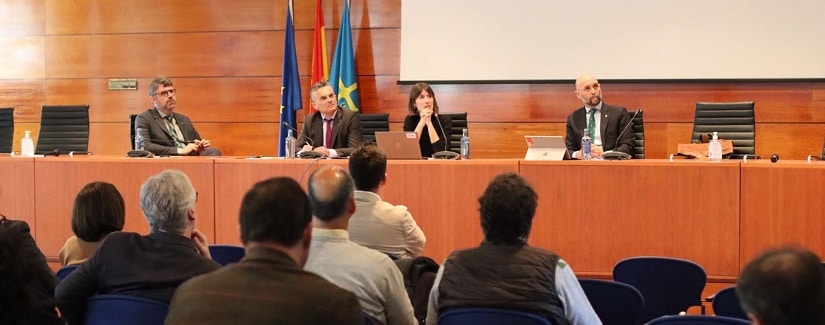Raphael Bauer de Lima
CEO MAPFRE ATLAS Ecuador
Ecuador, presents the current situation of the Ecuadorian insurance market and shares his impressions on the prospects and growth potential for the Large Risks sector in the country.
The Ecuadorian insurance sector
The Ecuadorian market is extremely competitive. With only USD 1,696 million of cumulative nominal net written premium in 2020, 30 insurance companies compete in this market. A reduction of 5.65% compared to 2019 and a share of 1.75% of NOMINAL GDP (which is only improving because GDP has fallen by 8.8%). Although it is not a concentrated market when the total premium sum is analyzed, if each line is considered a separate market, the premiums issued in each one are distributed among few players. The same phenomenon occurs with brokers, where the sum of the top 14 exceeds 50% of market share.
It should be noted that 47% of premiums on the market come from bancassurance, indicating that there is interest and significant development in this area from the individual segment.
After two years of contraction (2015 and 2016), in 2017 and 2018, the insurance industry saw improved growth levels with 0.8% and 3.6%, respectively. However, if you analyze the last six years, you’ll see that little has changed.
In 2014, net premium volume was 1.703 billion dollars. In 2019, it reached 1.794 billion dollars, a 5.5% growth over the net premium of five years ago. With the 2020 volume of 1.696 billion, it is 0.41% less than 6 years ago.
“Along with MAPFRE Global Risks, our reinsurance company, MAPFRE RE, and SOLUNION, a credit insurance company in partnership with EULER HERMES, we are an excellent corporate risk management option.”
 The Major Risks Market in Ecuador
The Major Risks Market in Ecuador
MAPFRE entered the Ecuadorian market 12 years ago by purchasing a stake in ATLAS, a company with significant corporate groups acting as shareholders, including Grupo Villaseca. This merger created MAPFRE ATLAS, a company with 35 years of experience, considering the history of the two companies.
Since entering Ecuador, MAPFRE has focused on the business segment, providing coverage to large industries and businesses in the country, leading the Property, Technical, and Liability insurance markets. This specialization has been recognized by Merco magazine as the insurance company with the best corporate reputation in Ecuador in 2020.
When evaluating the country’s potential in this segment, the 2018 census shows more than 899,000 companies. In many of them, MAPFRE has deployed its portfolio of services, through a close and expert team, both in insurance lines for assets (Multi Risks, technical lines, etc.), and in support coverage for the operation of our clients in their business processes, such as Export Transport, Credit, Product Liability, etc. Furthermore, in the infrastructure and large corporations section, we provide underwriting capacity and knowledge to the market, from our Global Risks business unit.
Along with MAPFRE Global Risks, our reinsurance company, MAPFRE RE, and SOLUNION, a credit insurance company in partnership with EULER HERMES, we are an excellent corporate risk management option.
The sectors providing the most Major Risks business in Ecuador are exploration and production. The mining industry also represents a significant portion of business and is steadily growing, as well as the energy industry, which is the most developed in global accounts. The specialty lines, such as Construction and Assembly and Maritime and Aviation, follow these lines of business. In the latter, it should be noted that although the market has dropped 3.22%, MAPFRE has grown 18.5%.
In addition, the economic policy of the new government (2021-2025), which we hope will be open to direct and indirect foreign investment, may mark a turning point towards risks in Infrastructure (especially transportation), Agriculture and Services.
We see it as a challenge to reduce the tax barriers that place a very high burden on reinsurance transactions and directly affect global risk schemes in bound. Given the double taxation agreement with Spain, working with MAPFRE is advantageous.
The market also demands facultative reinsurance, where the specifications of the insured risks sometimes cause market capacity to decrease and difficulties getting optimal terms to arise. In addition to this context, there is the overall crisis situation. So, MAPFRE’s experience and know-how in Global Risks should cause it to be seen as a great option for insured parties to find an insurance company that will support them long term and add value with risk management consulting.
The challenge is ensuring that the Ecuadorian market values the stability it can enjoy with a partner like MAPFRE as well as the Group’s ability to respond in the region supporting its clients in response to various types of catastrophic events. Thus, clients can overcome sometimes short-term strategies when taking out insurance packages. These strategies have turned into future problems for large companies because they are subsequently required to make unexpected, harmful changes to underwriting policies, price, conditions, etc.
 Raphael Bauer de Lima, CEO MAPFRE ATLAS Ecuador
Raphael Bauer de Lima, CEO MAPFRE ATLAS EcuadorRaphael Bauer de Lima holds an Executive MBA in Strategic Marketing and an MBA in Business Management (PDD-MAPFRE), RIMAP (Risk Management Professional) international certificate awarded by FERMA (Federation of European Risk Management Associations). He began his professional career at MAPFRE in 2000 in Brazil, where he held the position of commercial director. Since 2014, he has continued his professional career in Spain, holding different positions of responsibility, including commercial director of MAPFRE ESPAÑA’s Corporate business, and director of management and support of MAPFRE ESPAÑA’s broker channel. Since January 2020, he has been CEO of MAPFREA ATLAS in Ecuador.


 The Major Risks Market in Ecuador
The Major Risks Market in Ecuador

